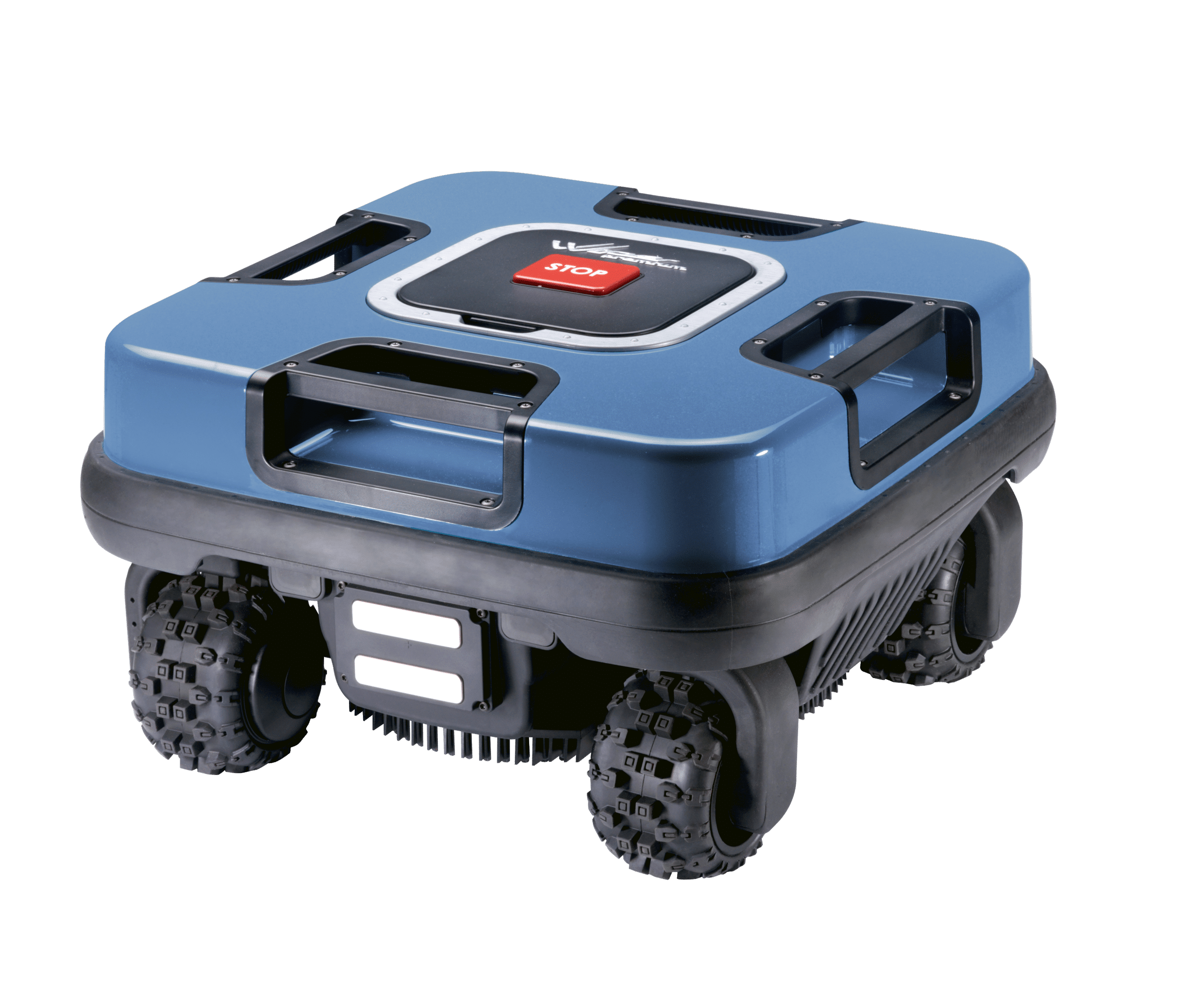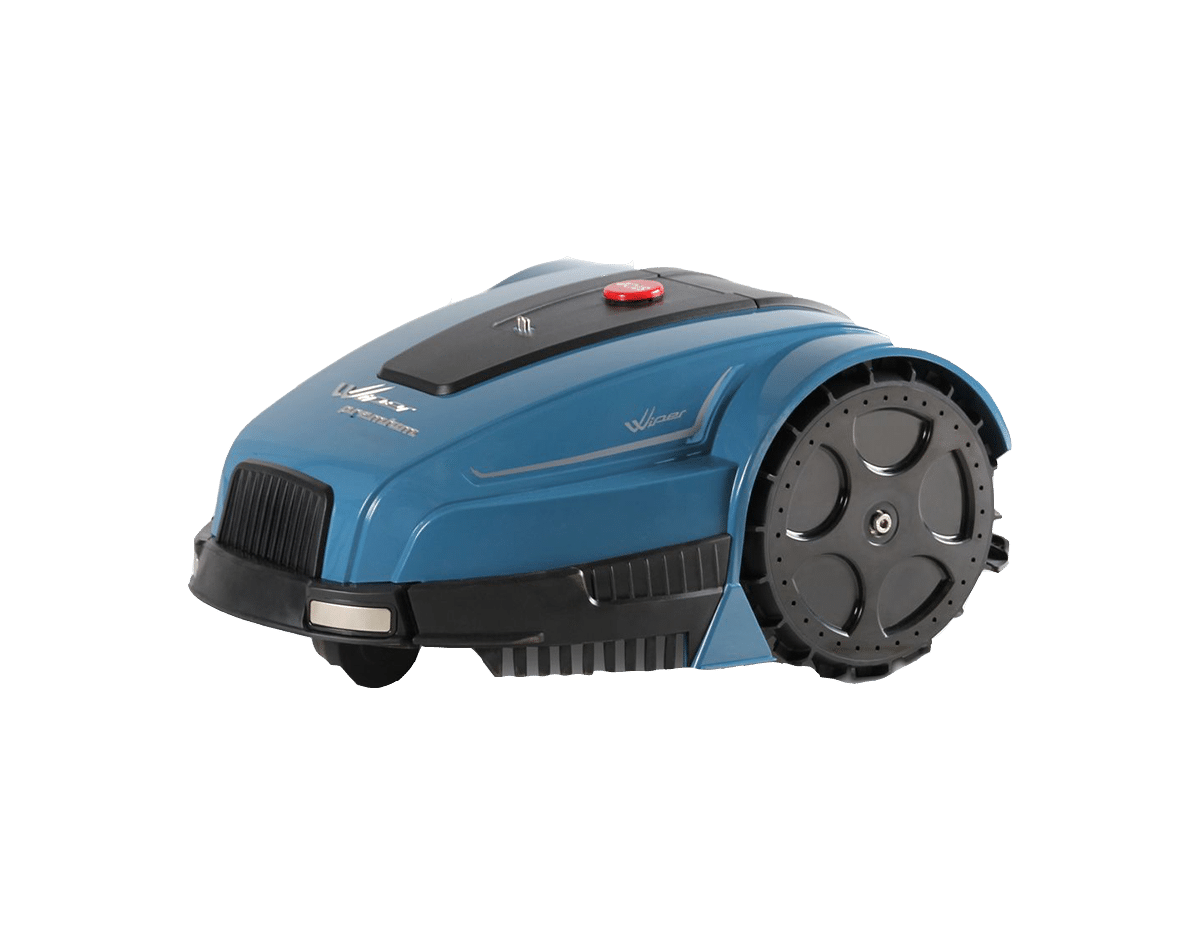Robot Vacuum Cleaners
In our product range, you will find robot vacuums from our own brand: the Robotec and from Proscenic. These are excellent home assistants that will keep your home impeccably clean at the best prices on the market. To help you choose the right robot vacuum, here’s a brief guide:
Robotec R7 Max is a state of the art robot vacuum cleaner. The technical capabilities of R7 Max are too advanced to explain them in a few sentences. The product will arrive at our warehouse in the spring of 2024. At the moment it can be preordered with a significant price reduction.
Proscenic 850 mini is the simplest machine suitable for a user who has not high technical demands but is looking for a simple machine, easy to use with the best price.
Showing all 3 results







